Silage films are mainly utilized in dairy and beef farms to preserve raw bales of alfalfa, hay and grain. Surrounding the raw hay or bale, silage wraps prevent overcooking processes and maintain the contents’ integrity. The value of such a preservation method can hardly be underestimated, especially when one considers the health benefits associated with consuming raw organic matter regularly. For instance, silage is an excellent source of B vitamins and trace minerals.
There are two common types of silage films; wet and dry. Wet silage films usually consist of bales containing either grass or plant materials. They are placed directly on the ground and protected from over-running by placing netting or a layer of soil. The advantage of this type of silage film is that it can be stacked easily and transported. On the other hand, dry silage films are composed of hay or alfalfa hay stored in silage bags.
Over the last few years, the demand for silage film has significantly increased. The main reason behind this significant growth is the fact that its production costs are highly competitive. Nevertheless, it is a relatively new industry that has yet to captivate the attention of manufacturers and exporters worldwide. For this reason, most silage producers tend to stick with the production techniques that have been proven successful for them thus far.
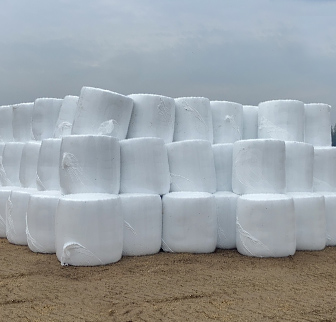
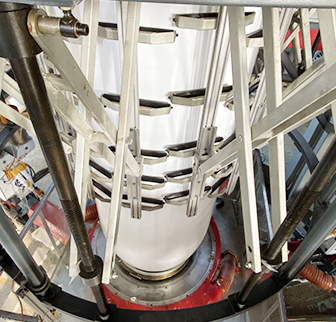
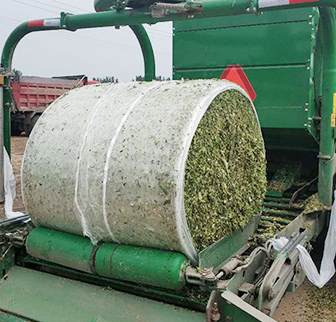
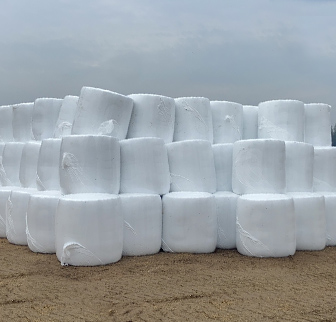 RELATED
RELATED
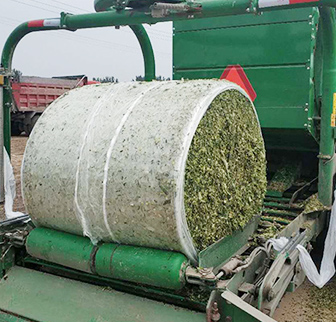 RELATED
RELATED
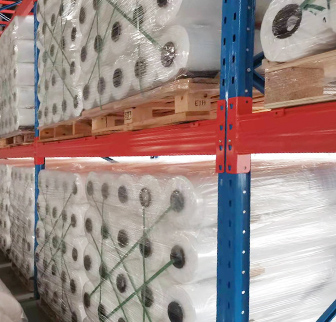 RELATED
RELATED
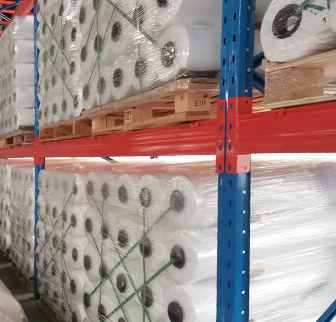 RELATED
RELATED